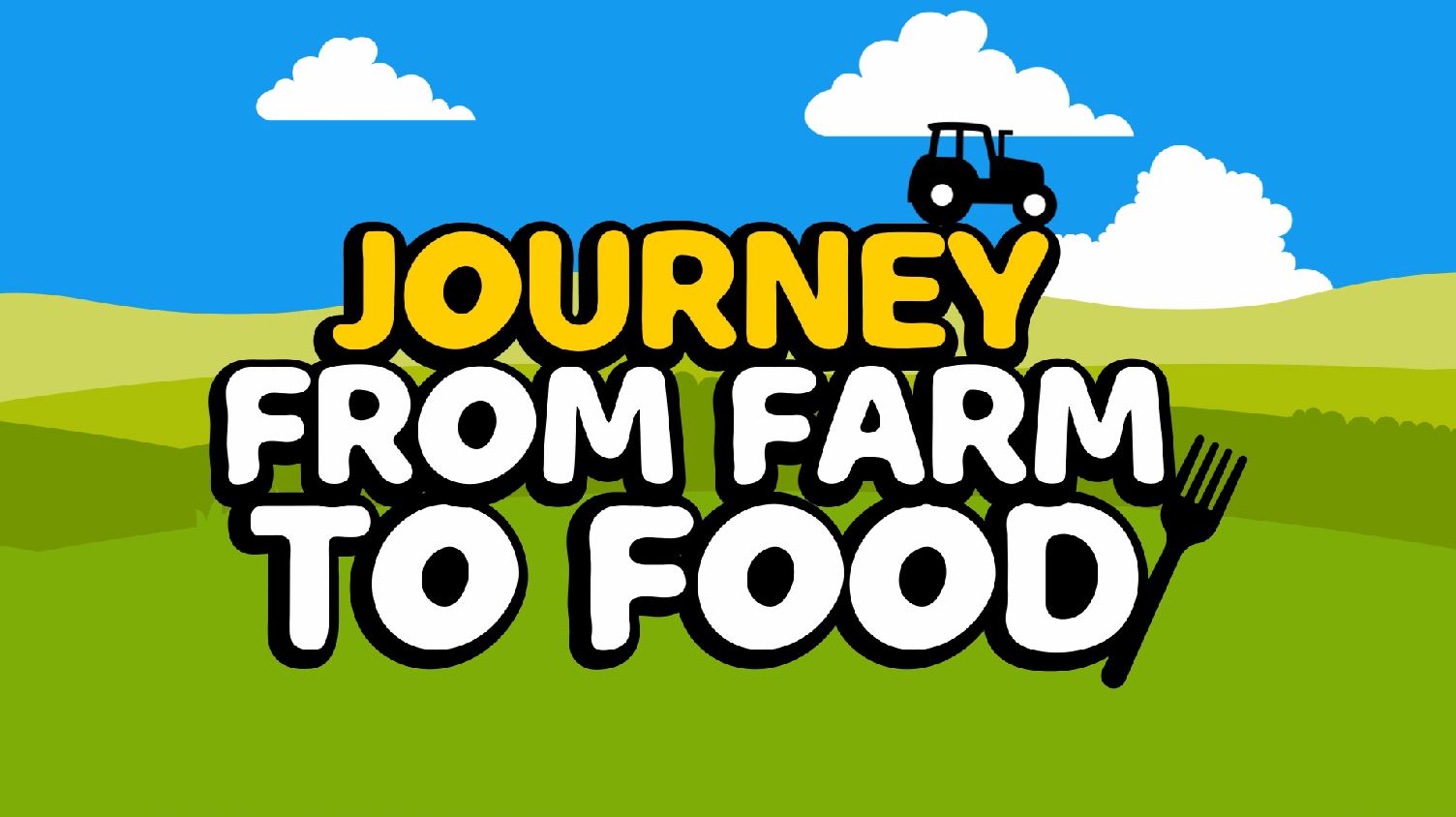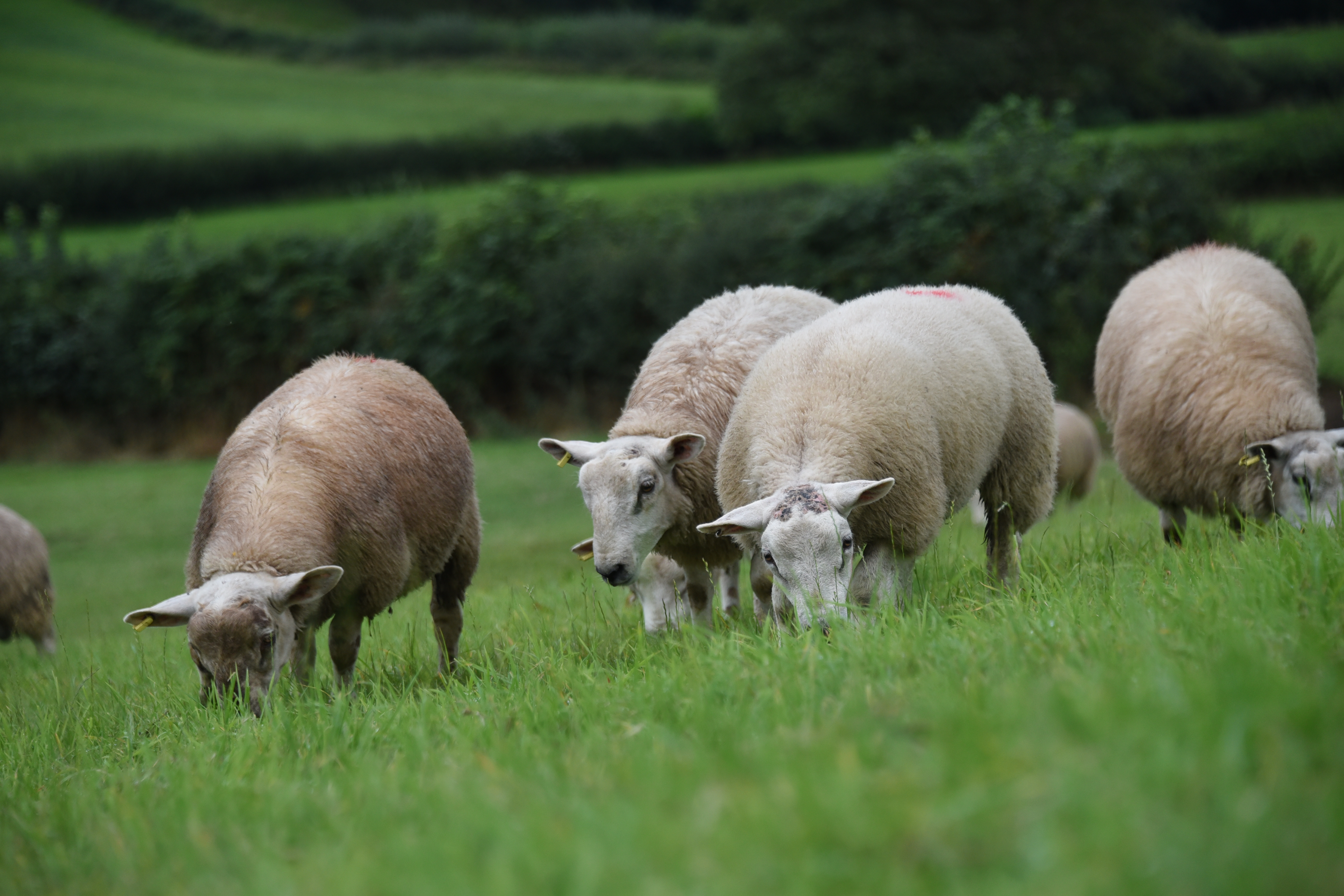Diets for pregnant ewes generally include some soya bean meal to provide the high quality protein needed to meet digestible, undegradable protein (DUP) requirements, and soya is often included in creep feeds for lambs and various other mixes.
However almost all soya is imported into the UK from South America and there is a need to evaluate other protein sources that can be grown in the UK to improve the long term sustainability of UK sheep production.
Alternatives to soya include rapeseed meal, wheat dark distiller’s grains, urea, field beans and peas. Some of these will be included in this study to compare alternative protein sources to soya bean meal for pregnant ewes on a complete diet system based on grass silage. The work should provide valuable information on alternative feeds and their place in complete diet feeding of pregnant ewes and on the suitability of current nutritional recommendations.
How will the work be done?
Soya bean meal will be used as the ‘control’ protein source and will be compared to field beans, wheat distiller’s dark grains and rapeseed meal. These protein sources will be used to formulate protein meals for use in TMR rations. The diets will be fed to March lambing twin bearing ewes in the last 5 to 6 weeks pre-lambing at a level of
feeding based on the grass silage analysis. The ewes will be fed chopped big bale silage (grass/clover) and fodder beet in a total mixed ration (TMR) with added ‘protein meal’ to meet energy and protein needs in late pregnancy. The diets will be formulated to provide the same amounts of energy and crude protein. Metabolisable protein levels will vary according to the protein source.
Forty ewes will be used per treatment and ewes will be randomised and allocated by age ensuring the same average parity across treatments. The flock is fully EID so all ewes and lambs will have individual EID numbers.
Who will undertake the project?
ADAS are undertaking the work which is funded by HCC and EBLEX
Timescales of the project
The project will begin in September 2013 and will finish in December 2014.
Protein sources for beef and sheep rations
Sustainable protein sources for pregnant ewes – Final report



